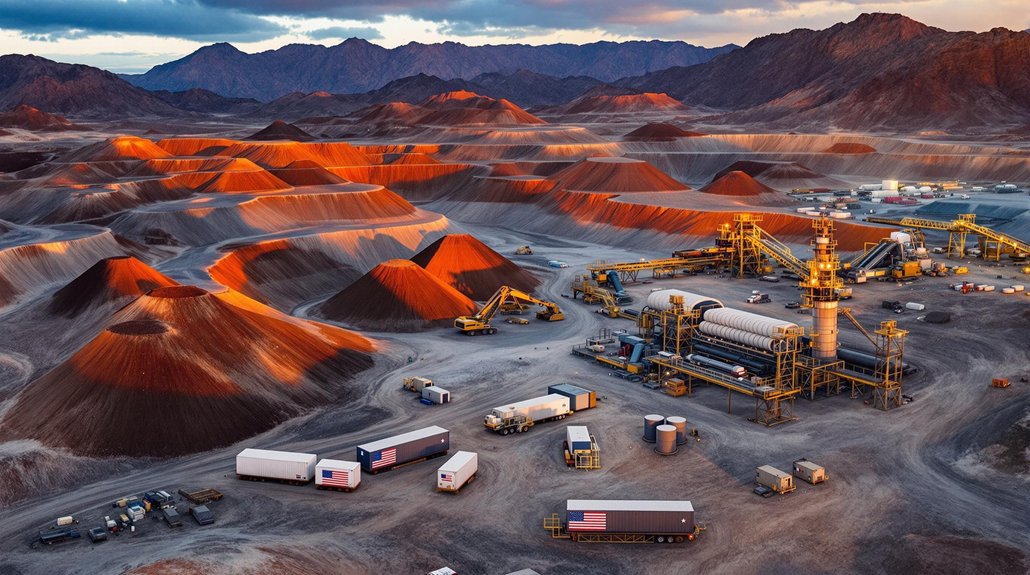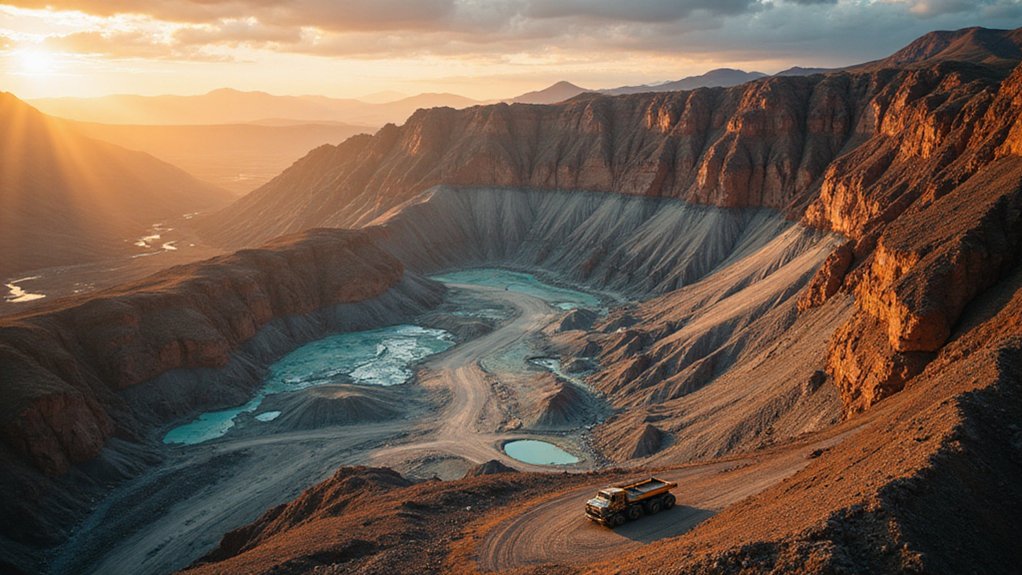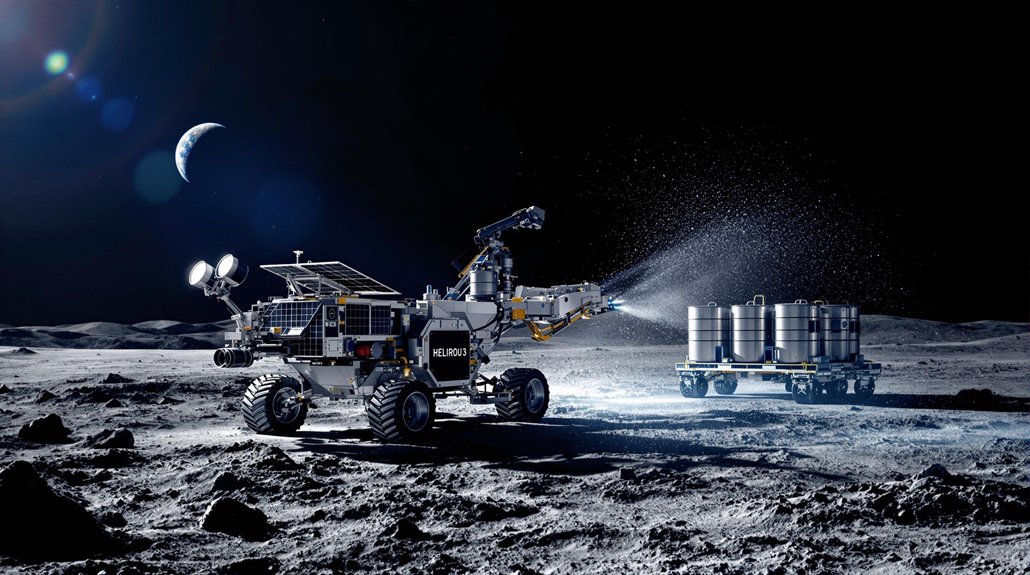Major powers like China, the US, and Russia are racing to control critical minerals needed for clean energy and military technology. Local communities in mineral-rich regions often face exploitation, environmental damage, and have little say in how their resources are used. China dominates the market while the US invokes wartime powers to boost production. The consequences of this global competition extend far beyond economic interests.
As the world races toward a clean energy future, global powers are locked in an intensifying struggle for control over critical minerals. China currently dominates this space, controlling 30 out of 50 critical minerals listed by the US and accounting for nearly 30% of global mining production. The country has been stockpiling these resources through its National Food and Strategic Reserves Administration while planning to increase research, exploration, and extraction efforts.
The US isn’t sitting idle. It has invoked wartime powers to boost critical mineral production and implemented the Inflation Reduction Act and CHIPS Act to strengthen domestic supplies. America aims to reduce its dependence on China for these essential resources after historically maintaining strong mining investments in South America and Africa. With natural resources valued at an estimated $45 trillion, the United States leverages its vast reserves of coal, copper, gold, and other minerals to support its economic strategy. These mineral resources directly translate to military capabilities, as access to secure mineral supplies has historically been a cornerstone of great power status.
Russia has taken a more aggressive approach. State-controlled companies dominate global nickel and aluminum production. The country has seized mineral-rich territories in Ukraine and expanded mining operations in Africa through the Wagner Group. These resources help sustain its war economy and offset Western sanctions.
The stakes are incredibly high. Experts predict demand for graphite, lithium, and cobalt could increase fivefold by 2050. Over 3 billion tons of minerals will be needed to achieve net-zero emissions, requiring about $1.7 trillion in global mining investment.
This competition has serious consequences. Critical minerals are becoming harder to export due to rising restrictions. Resource nationalism is growing worldwide, and conflicts are erupting in mineral-rich regions. Meanwhile, local communities often bear the costs. Mining operations face criticism for exploitative labor practices and environmental damage.
Emerging powers are also joining this mineral race. The “Lithium Triangle” of Argentina, Bolivia, and Chile holds two-thirds of global lithium reserves. The Democratic Republic of Congo possesses the world’s largest cobalt reserves. These developing countries have an opportunity for economic growth, but they must balance this with environmental protection and ensuring local communities benefit from their natural wealth.








